Installing Virtual Machine¶
The development environment is provided as a Virtual Machine image.
To be able to start it you need first to install VirtualBox. Image has been created with VirtualBox version 4.2.6.

Go to:
https://www.virtualbox.org/wiki/Downloads
and download the version for Windows. You need also to download the Extension Pack.
Important
Make sure that the extension pack has the same version of virtual box.
Install the software with all the default options.
Launch the program and follow the following steps:
Tip
If you are using Linux click directly on .ova file and skip to point 3.
- On the menu select: File → Import Appliance
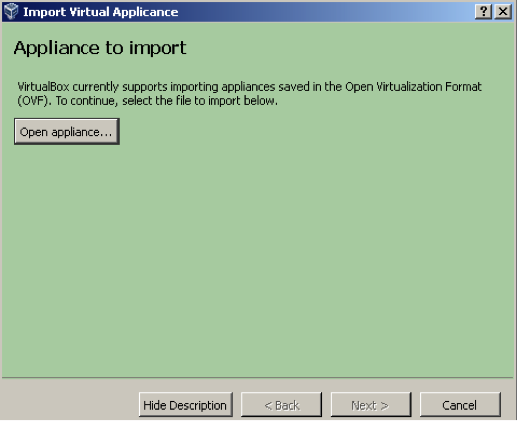
- Click on “Open appliance…” button and select the iso file “PengwynSDK.ova”.
- After opening the appliance, click on “Shared Folders” and select a folder to share with Windows.
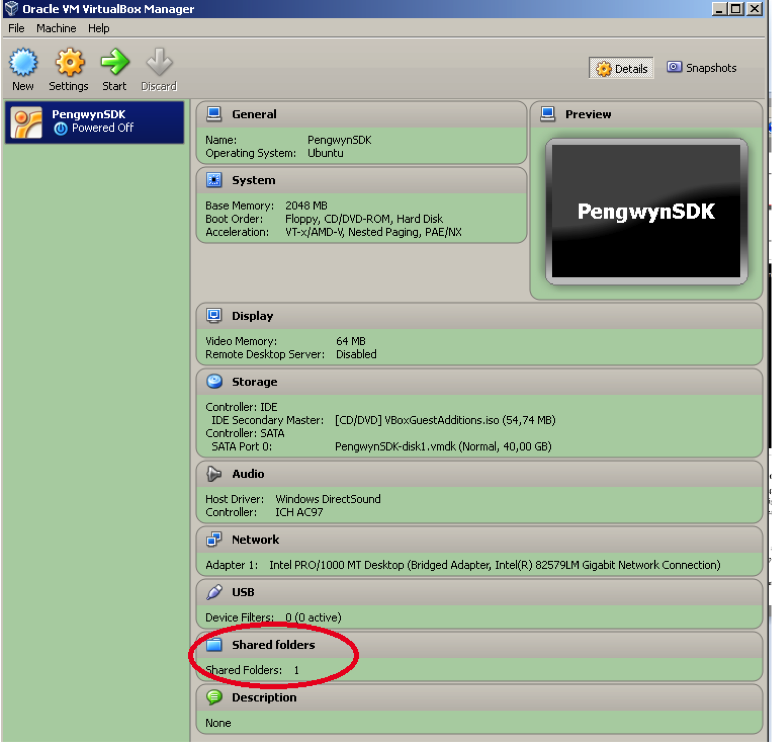
- If the host PC has only 1GB RAM go to “machine -> settings” menu and click on “System” tab and change RAM to 512MB.
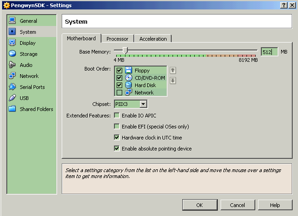
- The ethernet card must be attached the LAN not the WLAN. To set the correct card, go to menu “machine -> Settings”. Click on “Network” tab and select your LAN card. Click Ok button to apply your choice.
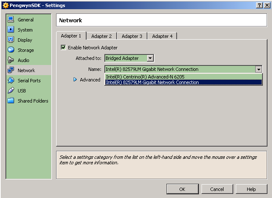
- Click the icon “Start” button on the toolbar.
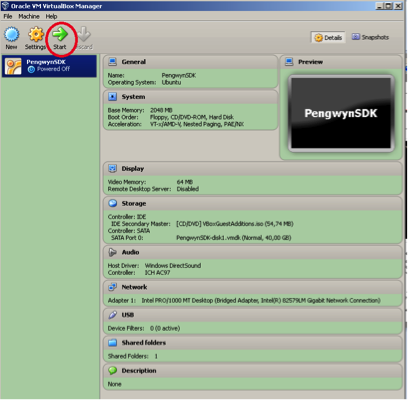
- Every time you connect the mini-USB from the PC to the card. On menu click Device → USB Devices → FTDI.
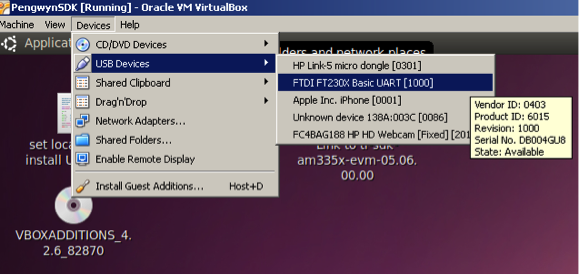
The default keyboard is set to USA layout.
If your keyboard layout is different, to change it, from the menu of Ubuntu:
go to “System -> preferences -> keyboard”.
Select “Layout” tab.
Click on “Add...” button.
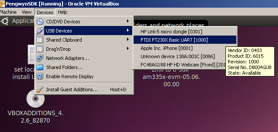
Select your keyboard layout and press “add” button. Then select “USA” and click “Remove Button”.
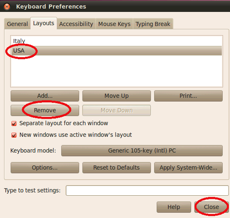
Press “Close” button.
Open a terminal (ctrl + alt + t) and type the following command:
sudo usermod –a –G vboxsf pengwyn
User name is pengwyn, password is pengwyn.
Ubuntu will be launched with the Sitara SDK integrated ready to be used. No installation or other configuration is required.
